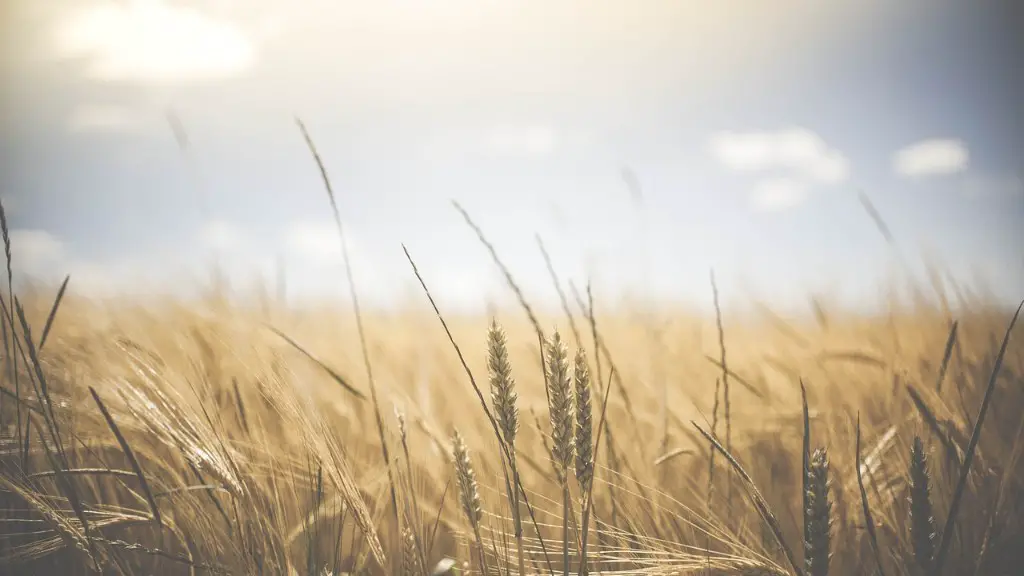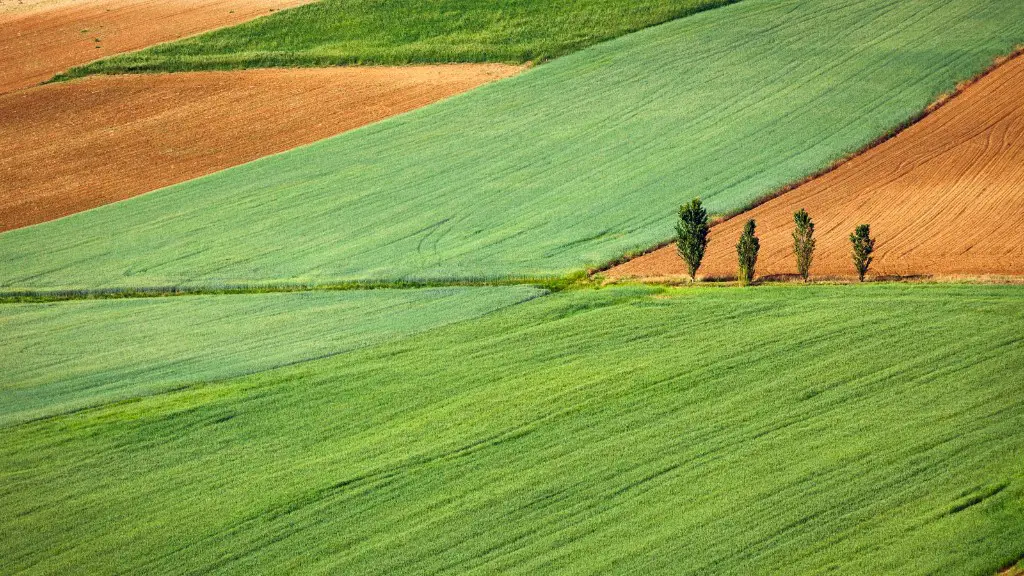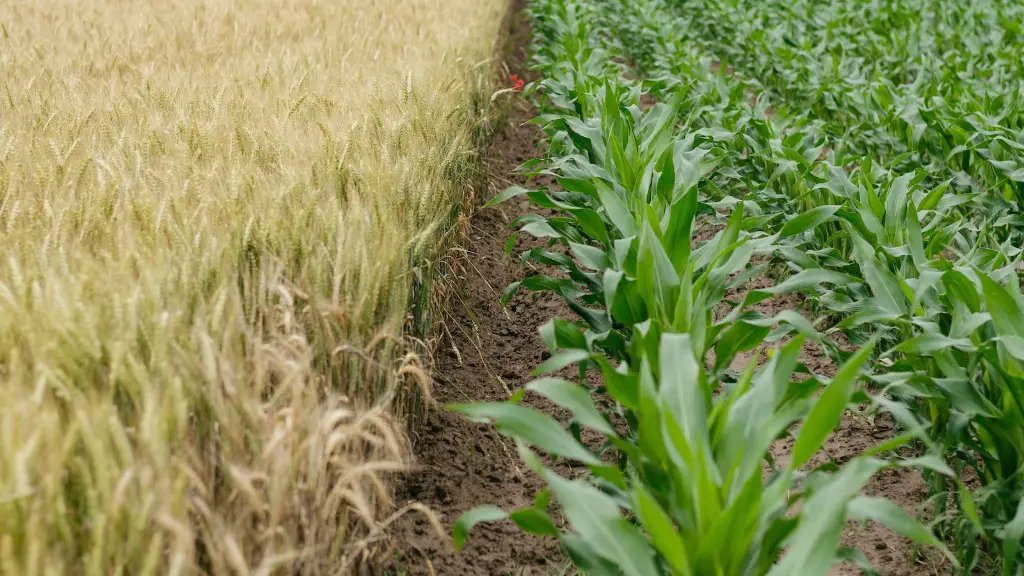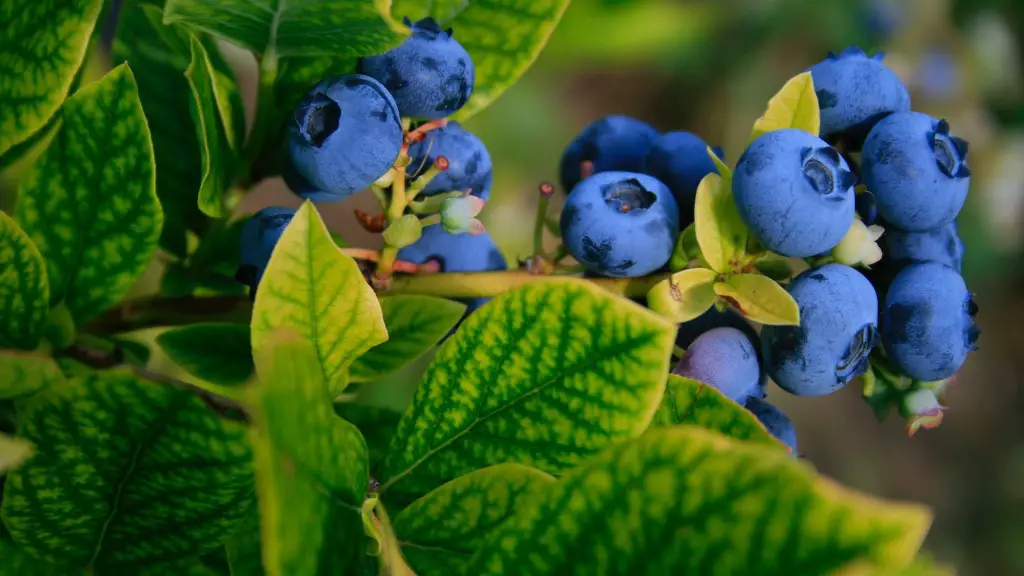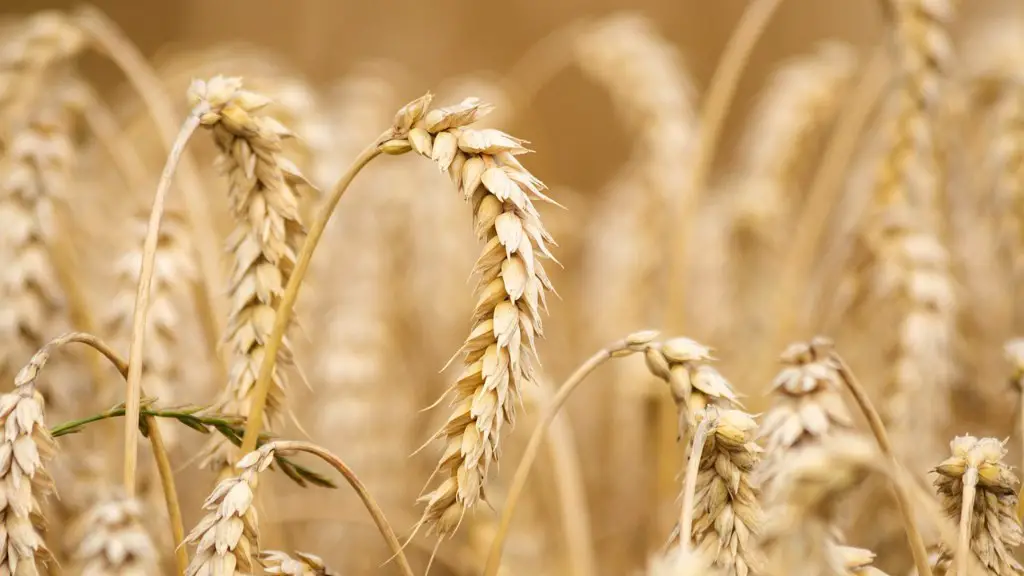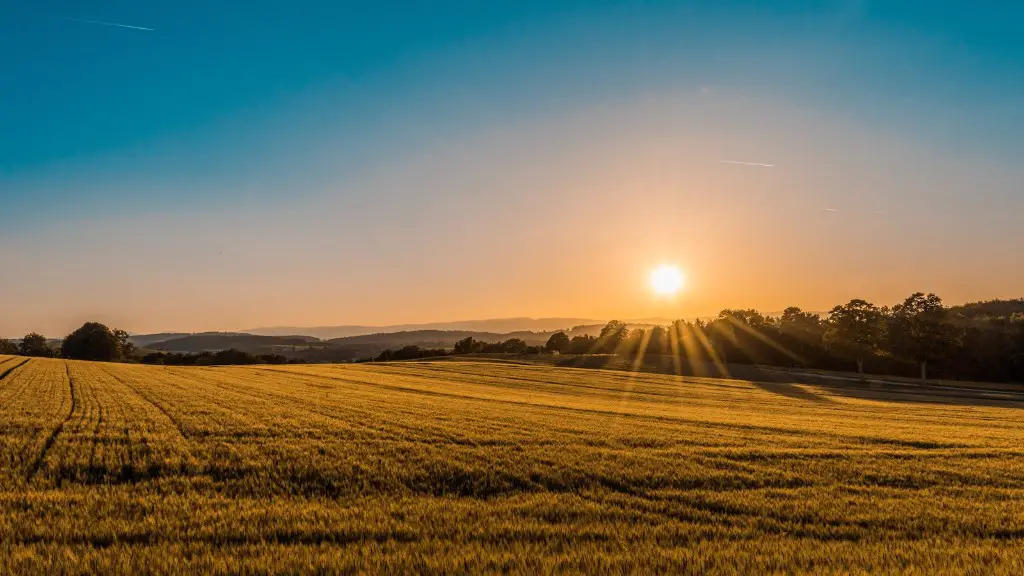Agriculture is the science and art of cultivating plants and livestock for human use. Agriculture was the key development in the rise of sedentary human civilization, whereby farming of domesticated species created food surpluses that enabled people to live in cities. The history of agriculture began thousands of years ago. After gathering wild grains beginning at least 105,000 years ago, nascent farmers began to plant them around 11,500 years ago. Pigs, sheep, and cattle were domesticated over the following few thousand years. Plants were independently cultivated in at least 11 regions of the world. A report by National Geographic suggests that the domestication of livestock and crops started in the Fertile Crescent region.
When most people think of agriculture, they think of farms and farming. Agriculture is, indeed, the main component of farming. However, agriculture is much more than that. Agriculture is the science, art, and business of producing plants or raising animals for food, fiber, or other products.
What is a simple definition of agriculture?
Farming is a vital part of our society and economy, providing food and other products for us to consume. It is a complex and demanding profession that requires a great deal of knowledge and skill to be successful.
Farming is not only about producing crops and livestock, but also about managing the land and environment. Farmers must be good stewards of the land, using it responsibly to ensure that it will be productive for future generations. They must also be able to adapt to changing conditions, whether it be the weather, markets, or consumer tastes.
The business of farming is also complex, with farmers having to juggle many different factors to make a profit. They must be able to produce their goods at a competitive price, while also dealing with volatile markets, government regulations, and rising input costs.
Farming is a demanding profession, but it is also a rewarding one. Those who are successful can take pride in knowing that they are providing a vital service to society and playing a critical role in our food system.
Agriculture is the science and art of cultivating the soil, planting and raising crops, and rearing and managing animals. It includes the cultivation of land, water, and air for the production of food, fuel, and other products.
Aquaculture is the raising of private aquatic animals (fish) in tanks or ponds for human consumption.
Floriculture is the cultivation of flowering plants for decorative purposes.
Horticulture is the cultivation of fruits, vegetables, and other plants for human use.
What are the 7 sectors of agriculture
The agricultural sector is a critical part of the economy, providing food and other products for consumption and use. The sector includes a variety of industries, including food and beverage manufacturing, food and beverage stores, food services and eating/drinking places, textiles, apparel, and leather products, forestry and fishing. Each of these industries plays a vital role in the agricultural sector and the economy as a whole.
Agriculture is the cultivation of land and raising of animals for food, fiber, fuel, and other products by humans. It is estimated that the first form of agriculture began around 10,000 BC with the domestication of plants and animals. Agriculture allowed for the growth of civilizations and the development of cities and trade. Today, agriculture is a vital part of many economies around the world.
What are the 4 types of agriculture?
Livestock production: This branch deals with the raising of animals for meat, milk, eggs, or other products.
Crop production: This branch deals with the raising of crops for food, feed, or other purposes.
Agricultural economics: This branch deals with the economic aspects of agriculture, including the study of agricultural markets, production and consumption decisions, and policy.
Agricultural engineering: This branch deals with the application of engineering principles to the problems of agriculture, including the design and operation of agricultural machinery, the development of irrigation and drainage systems, and the improvement of soil fertility.
Agriculture is essential to human life and provides economic gain. It combines the creativity, imagination, and skill involved in planting crops and raising animals with modern production methods and new technologies. Agriculture is a vital part of the global economy and plays a significant role in food security.
What are 3 reasons why agriculture is important?
1. Agriculture produces the raw materials that are used to make everything from food to clothing to fuel.
2. It is one of the most important sectors of international trade.
3. Agricultural products make up a large portion of a nation’s revenue.
4. It employs a huge number of people.
5. It is crucial to the development of a country.
6. Properly managed, agriculture can help heal the environment.
7. Agriculture and war are closely linked.
8. It is an ancient and honorable profession.
Agriculture is a critical sector that provides food, fibre and shelter. It also helps in rural development and economic growth. There are many sub-activities included in agriculture, such as farming, livestock, agroforestry, horticulture, and more.
Farming is the primary activity where crops are cultivated and animals are reared. This provides food, wool, and other products. Research and development helps in improving farming practices and developing new technology. This leads to increased productivity and profitability.
Agriculture is a vital part of the economy and it plays a significant role in our lives. It is important to support and strengthen this sector for a better future.
What are 5 important of agriculture
Agriculture is the backbone of most economies, providing the raw materials for industry, food for consumers, and income for farmers and their families. It is estimated that agriculture and agribusiness account for 10% of global GDP and employ one-third of the world’s workforce.
The food and agriculture sector is crucial to achieving the Sustainable Development Goals (SDGs), as it is central to economic growth and human well-being. Agriculture is a major contributor to food security, nutrition, and poverty alleviation. It also plays a key role in adapting to and mitigating climate change.
The world’s small-scale farmers, who make up the majority of the agricultural workforce, are particularly important in achieving the SDGs. They are often the most vulnerable to poverty, hunger, and climate change. Supporting small-scale farmers – through investing in infrastructure, improving access to markets, and providing technical and financial assistance – is essential to sustainable development.
The Big 4 are the four biggest companies in the agriculture industry. They are DowDuPont, Bayer-Monsanto, ChemChina-Syngenta, and BASF. These companies control a large part of the market, and they have a lot of influence over what happens in the industry.
What are the 12 types of agriculture?
There are a variety of different types of farming, each with its own advantages and disadvantages. Some of the most common types of farms include:
1. Aquaculture Farming: Aquaculture farming is the practice of raising fish or other aquatic animals in tanks or ponds. This type of farming can be used to produce food or ornamental fish.
2. Cooperative Farming: Cooperative farming is a type of agriculture in which farmers work together to pool their resources and share the profits. This type of farming can be beneficial for small farmers who might not be able to survive on their own.
3. Hay Farming: Hay farming is the practice of growing and harvesting hay for use as animal feed. This type of farming is common in areas with large livestock populations.
4. Organic Farming: Organic farming is a type of agriculture that focuses on growing plants and animals without the use of synthetic fertilizers or pesticides. This type of farming can be more labour-intensive but is often seen as more environmentally sustainable.
5. Urban Farming: Urban farming is the practice of growing plants and animals in urban areas. This type of farming can be used to produce food or ornamental plants.
6. Nomadic Farming: Nomadic farming is a
There is a lot of overlap between the different areas of specialization within agricultural science. However, each area has a unique focus.
Horticulture focuses on the science of growing fruits, vegetables, and other plants. Agronomy focuses on the science of producing crops. Animal science focuses on the science of caring for and managing livestock. Equine science focuses on the science of horses. Agricultural business focuses on the business side of agriculture, including marketing, finance, and management.
What are the main types of agriculture
Industrialized agriculture is a type of agriculture that is characterized by the use of large-scale production methods, extensive mechanization, and chemical inputs. This type of agriculture is typically found in developed countries, where it is responsible for the majority of the food production.
Subsistence agriculture is a type of agriculture that is characterized by the use of small-scale production methods and a reliance on human labor. This type of agriculture is typically found in developing countries, where it is responsible for the majority of the food production.
Agriculture is a vital activity that involves growing crops, fruits, vegetables, flowers, and rearing livestock. It is estimated that 50 percent of the world’s population is engaged in agricultural activity. Agriculture plays a significant role in the economy, providing food and other products for both domestic and international markets. It is also a major source of employment, particularly in rural areas. In order to ensure the continued viability of agriculture, it is important to invest in research and development, and to provide support to farmers.
What is the process of agriculture?
The main steps for agricultural practices include:
1. Preparation of soil- This includes ploughing, tilling, levelling, etc.
2. Sowing- This is the process of planting seeds in the soil.
3. Adding manure and fertilizers- This is done to improve the quality of the soil and to provide nutrients to the plants.
4. Irrigation- This is the process of watering the plants.
5. Harvesting- This is the process of collecting the crops.
6. Storage- This is the process of storing the crops.
Agriculture is the science, art, and business of cultivating plants and livestock. Agriculture was the key development in the rise of sedentary human civilization, whereby farming of domesticated species created food surpluses that allowed people to live in cities. The history of agriculture began thousands of years ago. After gathering wild grains beginning at least 105,000 years ago, nascent farmers began to plant them around 11,500 years ago. Pigs, sheep, and cattle were domesticated over 10,000 years ago. Plants were independently cultivated in at least 11 regions of the world. Industrial agriculture based on large-scale monoculture in the twentieth century came to dominate agricultural output, though about 2 billion people still depended on subsistence agriculture into the twenty-first.
Warp Up
The definition of agriculture is the science, art, and practice of producing crops and livestock from the natural resources of the earth.
Agriculture can be defined as the science, art, and business of cultivating the soil, producing crops, and raising livestock. It includes the methods used to improve the quality of the soil, the planting and harvesting of crops, and the raising of livestock.
